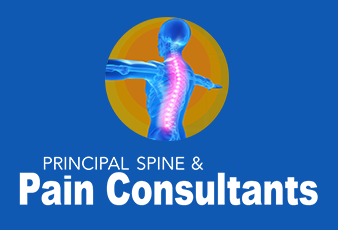
Whiplash
Whiplash is an injury to the neck. Though whiplash might not manifest immediately after a car accident or other violent collision, its symptoms can arise in the days that follow. However, this injury is not completely understood by medical professionals. The injury centers on the neck’s muscles, tendons, nerves and discs.
It is possible for whiplash to be extreme to the point that it causes damage to the nerve roots, cervical muscles ligaments and discs within the intervertebral joints. These joints are positioned between vertebrae.
The doctor will slightly move and touch your neck, head and arms during the initial examination. This examination includes slight movements of the upper body as well as the completion of simple tasks so the doctor can gauge the range of motion in the shoulders and neck as well as the degree of motion that results in pain or worsens pain.
Several other tests might follow this physical examination, including imaging tests. However, whiplash injuries are not always clearly visible on imaging tests. It still makes sense to order such a test as doing so rules out additional conditions that might make the pain in your neck, shoulders, head and/or arms worse.
What Causes a Whiplash?
Whiplash occurs when the neck forcibly bends forward and backward. Whiplash can also occur when the neck bends backward, then forward. Whiplash can occur when an automobile, roller coaster or other vehicle rapidly accelerates or decelerates. The vast majority of whiplash injuries occur in rear-end car accidents. It is also possible for sports activities to cause whiplash injuries.


Symptoms of Whiplash
Whiplash symptoms have the potential to be delayed for 24 hours or longer after the trauma initially occurs. Those who experience whiplash might develop a single symptom or several symptoms. The symptoms typically arise in the first few days following the injury. Examples of whiplash symptoms include neck pain, neck stiffness, shoulder pain, pain between the shoulders and headaches.
Some patients dealing with whiplash also feel numbness or pain in the arms and/or hands, irritability, difficulty concentrating, dizziness and fatigue. Other patients report a nagging and general pain between the shoulder blades. Whiplash can even make it difficult to sleep.
Treating Whiplash
Unfortunately, whiplash cannot be successfully treated with a single medication or other treatment modality. However, pain relief medications are available such as naproxen, ibuprofen, massages, ice, heat and physical therapy. Others saddled by whiplash find light exercise, ultrasound, traction and/or injections help mitigate the pain. Though whiplash patients of yesteryear were sometimes treated with a cervical collar that immobilized the neck, modern day medicine has pivoted toward movement rather than immobilization.
Above all, it is recommended that those suffering from whiplash apply ice to the neck for the initial 24 hours. After this 24-hour period, it is recommended that the patient engage in slight movement.
Be forthright with the doctor about the nuances of the event that caused the whiplash. Your doctor will also need as much information as possible about the details of your symptoms. Delve into these symptoms including their severity and frequency. Provide as much information as possible and our medical team will help you pinpoint the optimal treatment modality.

